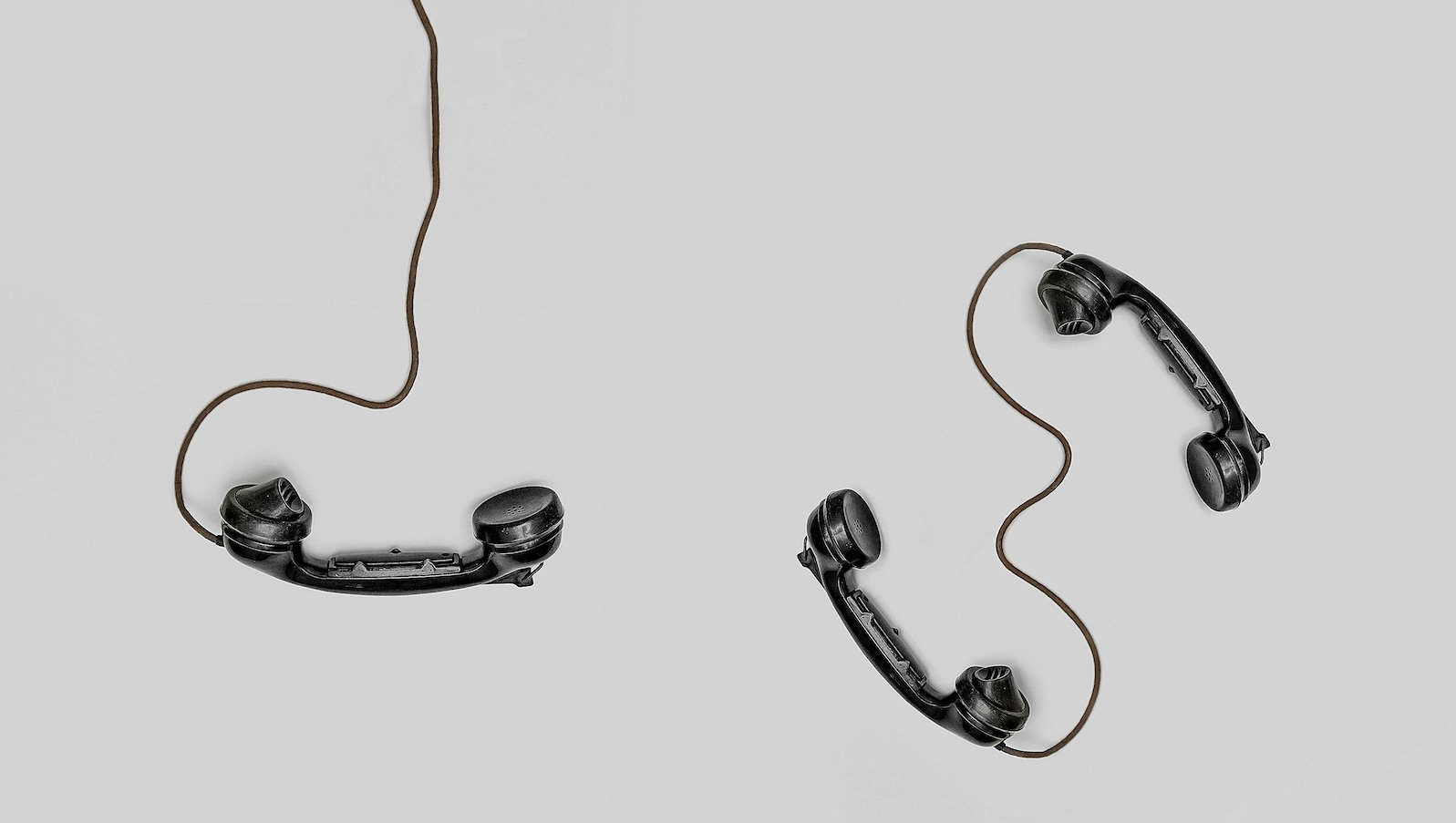Suppose you walked into a store to look for a new television. If the store only carried one brand, would you shop there? Of course not, but that’s just what today’s insurance behemoths want you to do when you buy insurance.
With an abundance of information just a few key strokes away, today’s consumers demand choice. From automobiles to zucchini, consumers do research online before they make a purchase. Today’s policyholders no longer accept a single company quote. It’s hard to satisfy this consumer demand if you’re an agent who can only offer one product. It’s why the era of the captive agent is coming to an end. Only independent agencies that “meet” their customers online by leveraging their customers’ desire for information and choice will succeed.
The rise of digital media—the web, social media, the smartphone and other mobile devices—has leveled the playing field and even tilted it toward independents. Independent agents can now compete against the industry’s brand behemoths by making their brand even more powerful in their area. They can become local brand behemoths.
Digital tools enable you to provide a better experience to existing clients. Online lead generation allows you to more efficiently find new clients.
Improving customer experience
In a commoditized industry like insurance, the only way you can differentiate yourself is to provide excellent customer service. In the digital age, that means providing your customers with the opportunity to interact with your agency whenever and however they want. From policy changes to evidence of insurance, customers today would rather do things themselves online than have to wait to call your office when it’s open.
One of the most surprising things is how much people love self-service. Surveys show that companies of all types, including insurers, consistently get better service scores when they let consumers manage their account themselves.
Does your website allow customers to make policy changes, track their claim, get a quote or review their policy limits? Consumer tastes also require that your website be mobile-compatible. The smartphone has replaced the computer as the device of choice for consumers. A mobile-compatible site must be clean, because smartphone screens are small. Users must be able to navigate and read your site quickly on a smartphone. Is your company’s website easy to use on a smartphone?
Your website can’t be static and one-dimensional. People don’t want to read gobs of copy online. Your site should give visitors interactive experiences. For instance, display the icons of the companies you represent instead of listing them.
Attracting new customers
Use online resources to expand the reach of your marketing efforts.
LinkedIn provides a great example. Start by identifying people on LinkedIn whom you are connected to indirectly (i.e. through an existing contact but not directly) or are members of the same business group as you. These are your LinkedIn prospects. Next, go through your existing business network and identify a service provider like an accountant, photographer or other small-business owner. Ask if they would be willing to provide a discount to customers you refer to them. If they agree, send an email to your prospects identified from LinkedIn letting them know they can receive a discount. This creates a win-win for both of you.
Here’s a real-life example: I received an email from an executive coach introducing herself and offering me a 75% discount on professional executive photographs. All I had to do was contact the photographer, mention the promotion and schedule a time for my photo shoot. At the end of the email, the executive coach asked me to add her to my network on LinkedIn. While I didn’t need a professional photo taken, I was intrigued by this online joint venture.
It turns out that one of the executive coach’s referral sources is a professional photographer, and they created a photo day for the executive coach’s clients and prospects. The photographer could give a deep discount because he only had to set up once for all of the photos that day.
Thirty people set up appointments. Existing customers of the executive coach were impressed with the value she brought in addition to her coaching. Prospects were introduced to the executive coach in a positive way – you just saved me a lot of money and introduced me to a quality photographer. The executive coach attended the whole day and used the time in between photo shoots to introduce herself or reacquaint herself with past clients. It was a win-win situation for both the coach and the photographer.
Digital giveaways
No one gets excited about a birthday card from his agent. Instead, how about giving away a mobile app so your business can stay top of mind? An app that gets your name on a client's phone is a great way to stay in touch—and provide something of real value.
Facebook, Twitter, Tumblr and more….
You need to be on social media. Although engaging with social media takes time, what you learn online provides you with valuable customer insights. It’s like getting the questions to a test in advance. You have a real advantage.
Social media isn’t just about following people. Post or tweet information about how to prepare for catastrophes unique to your area so people can prepare for them. The more you engage digitally, the more relevant you become online.
You’re probably thinking: “I don’t have time for this!” You’re right! Find someone who uses these tools everyday – a student or a young person in your office and put that person in charge.
All the pieces have fallen in place for independent agents. Seize the digital moment now and prosper!





